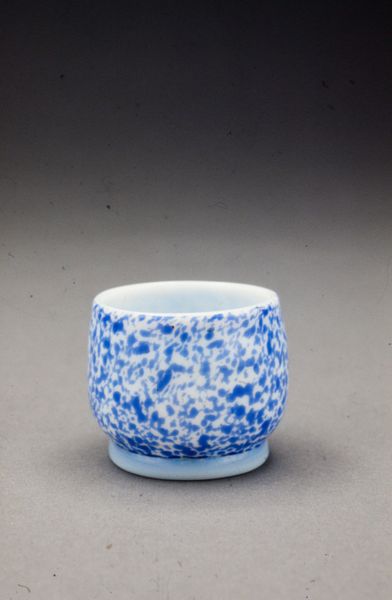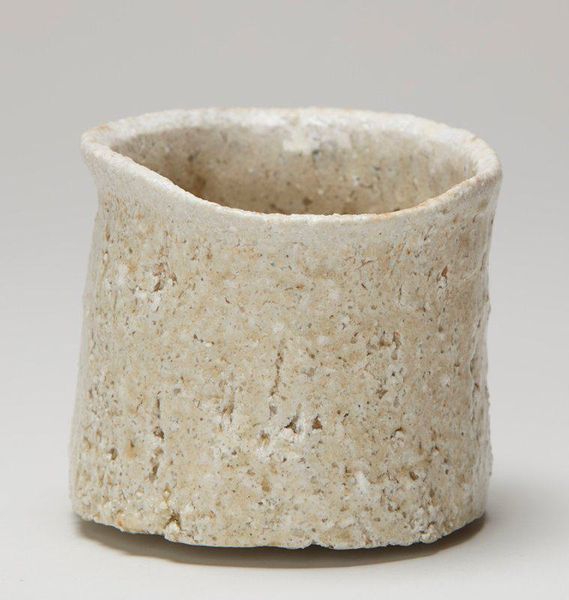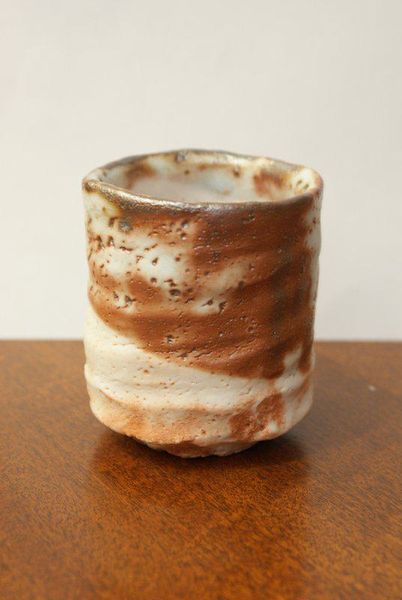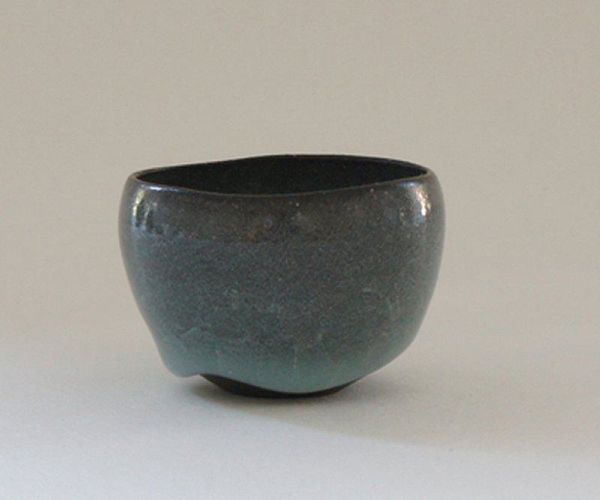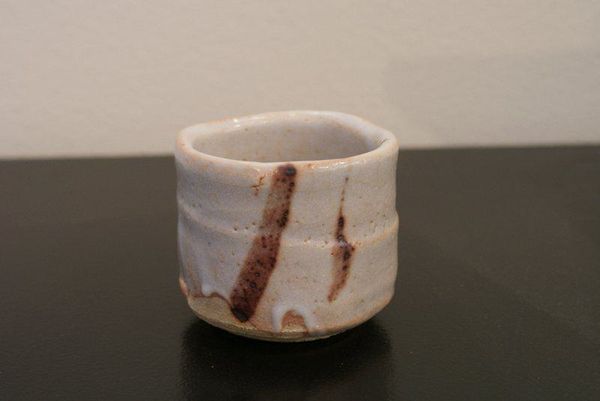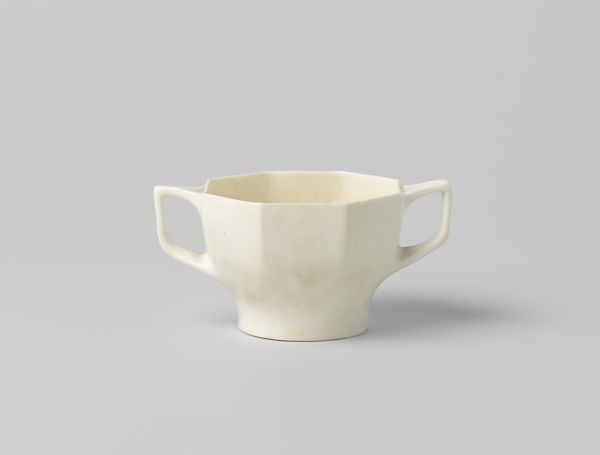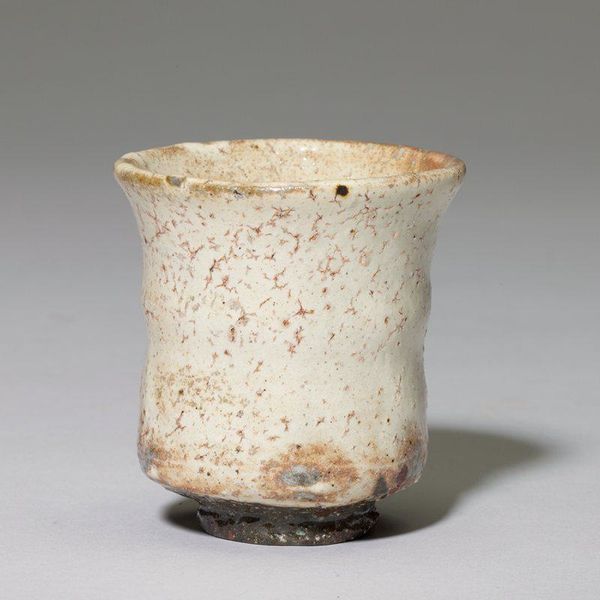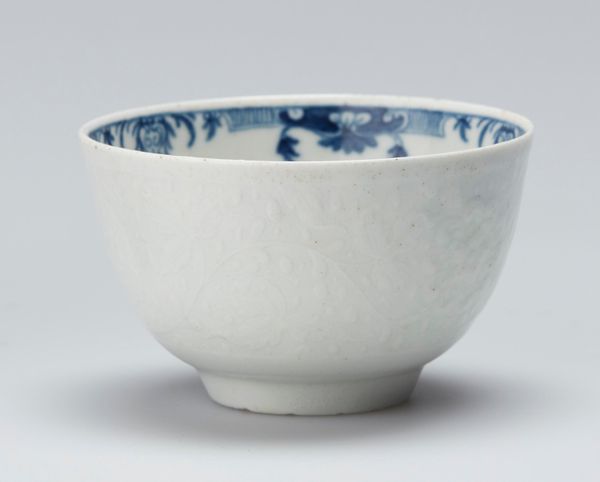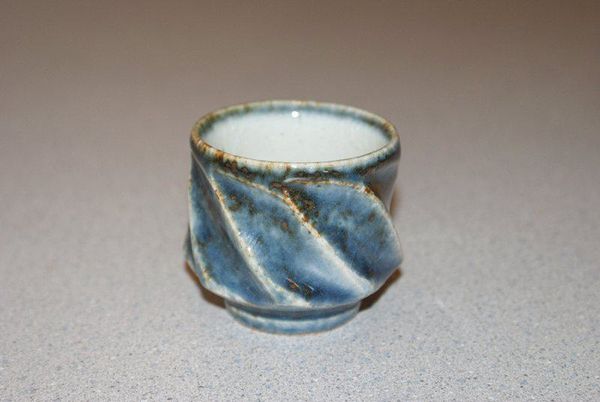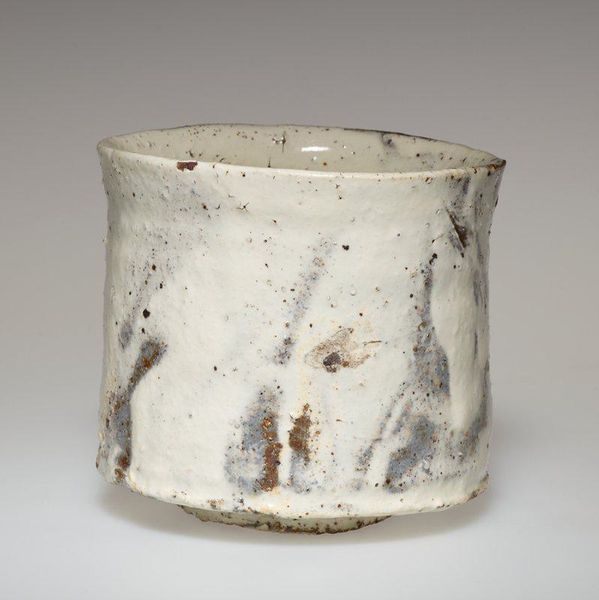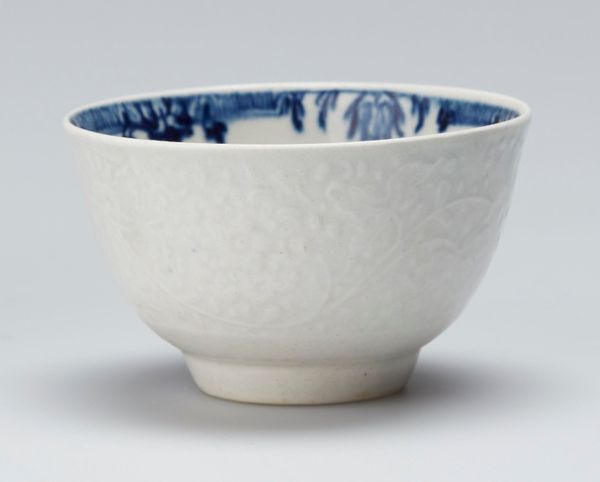
ceramic
#
ceramic
#
ceramic
Dimensions: 1 15/16 × 2 3/16 × 2 1/8 in. (4.92 × 5.56 × 5.4 cm)
Copyright: No Known Copyright
Editor: This is a Sake cup, called ‘guinomi’, created in 2012 by Tabuchi Tarō. It's ceramic, and at first glance, I notice the wabi-sabi aesthetic – that appreciation for imperfection. What can you tell me about it? Curator: That's a great start! We often view ceramics, especially tea and sake wares, through a lens shaped by centuries of socio-cultural practice. Think about the formal tea ceremony: a powerful statement of cultural identity for Japan, but what does it mean when this is encountered and interpreted in the West? Editor: I guess I haven’t considered the politics of it much. What role does its display in a museum play? Curator: Museums, traditionally spaces of Western power, began collecting and exhibiting Asian art in the 19th century, a time of intense colonialism and trade. Consider this guinomi displayed in a museum: Is it venerating the object and Japanese culture, or exoticizing it for Western consumption? Does placing a functional object, imbued with ritualistic meaning in its native culture, on a pedestal alter its purpose? Editor: That’s a good question, because now that you point it out, its 'everydayness' is really apparent. It doesn't strike you as immediately precious, right? Curator: Exactly. Tarō is making an interesting comment on value, accessibility, and artistic status here, particularly in relation to a globalized art market. He's reminding us that these objects exist in a complex network of meaning, complicated even further once it enters into museum culture. Editor: That’s something to think about, especially in how the Minneapolis Institute of Art displays such a seemingly humble cup. I hadn't considered its positioning as cultural artifact with historical and political baggage. Curator: It requires a step back, for sure, to understand the history influencing our interpretation of the piece.
Comments
No comments
Be the first to comment and join the conversation on the ultimate creative platform.
